
Yes, there’s something in the barn, and it’s not a moo-cow but rather a Norwegian barn elf in this black horror comedy that plays like the movie Gremlins run through National Lampoon’s Christmas Vacation…

It seems that a rather annoying American millennial-type family has inherited a Norwegian farm estate where their distant relative died trying to expel or exterminate the barn elf, succeeding only in dying a fiery death. Oblivious to Norwegian traditions and mythology, the Griswold-type family tries to impose gaudy American holiday traditions on the estate in the process of converting it to a bed-and-breakfast type inn…
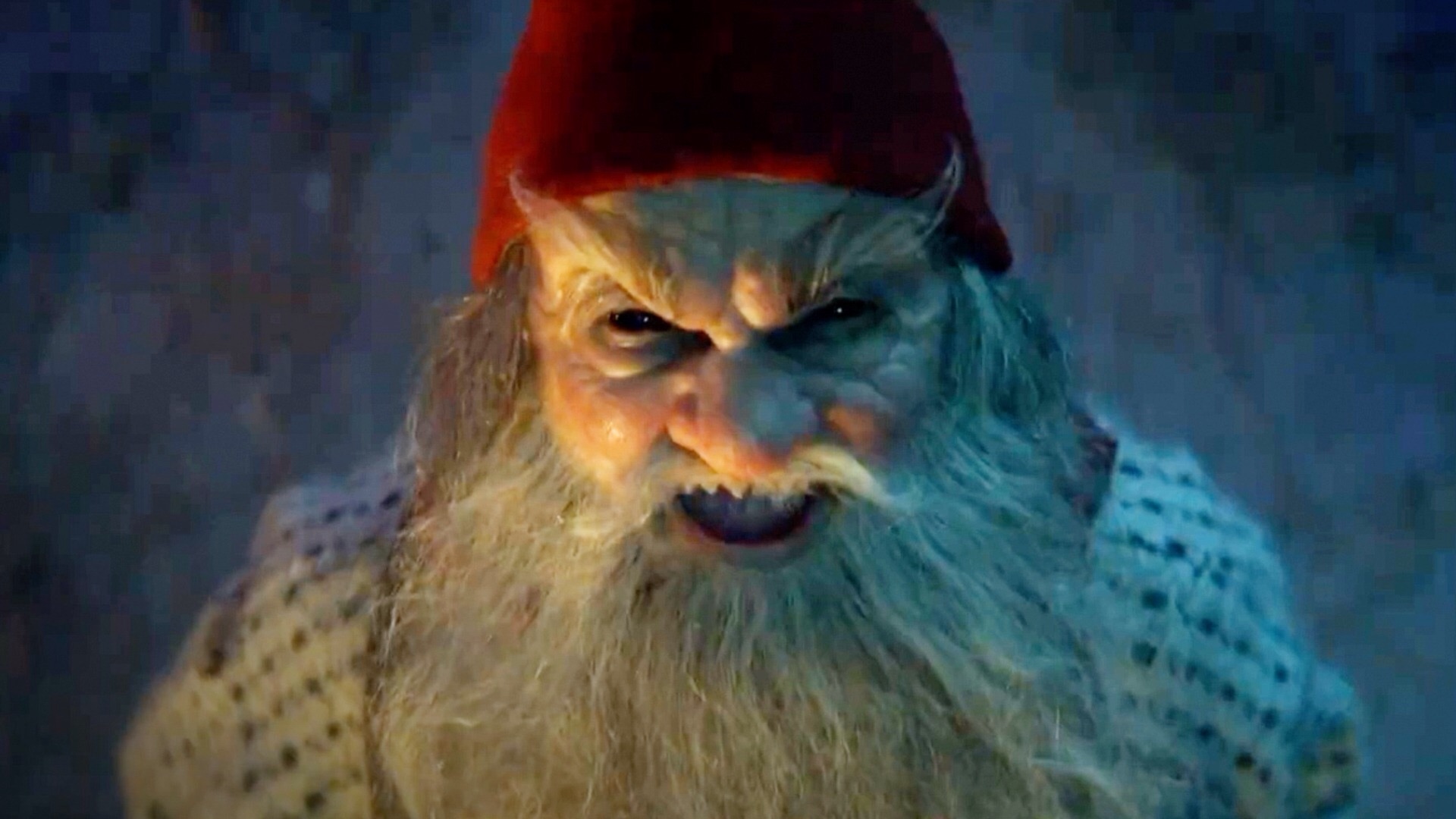
This serves to make the barn elf angry, as they are creatures that despise change, bright lights, noise, and modernism in general. Only the family’s pre-teen son Lucas understands this, solely believing in the entity, and forging an alliance with the being by giving it cookies. If you are nice to such an elf, they will do service to you such as remove snow and split and stack firewood. Offend an elf, however, and open warfare results, with the mythical beings being able to call in reinforcements of their fellows…

You wouldn’t like such elves when they are truly angry. They are tribal, not adverse to killing, and will use primitive and environmental weaponry. When they stumble into your liquor cabinet, they’ll indulge themselves, and throw raucous parties…
The Americans are guided in their struggles by an expert in Norwegian folklore, who chides them with such admonitions as “This isn’t America. We don’t go about shooting each other in the faces!” A sensible people, Norwegians prefer negotiation.
Cookies are also powerful negotiation chips, if used in a timely fashion. Proper respect for folkloric beings is always in order, too. So be nice to your barn elf, should you have one… 🦊






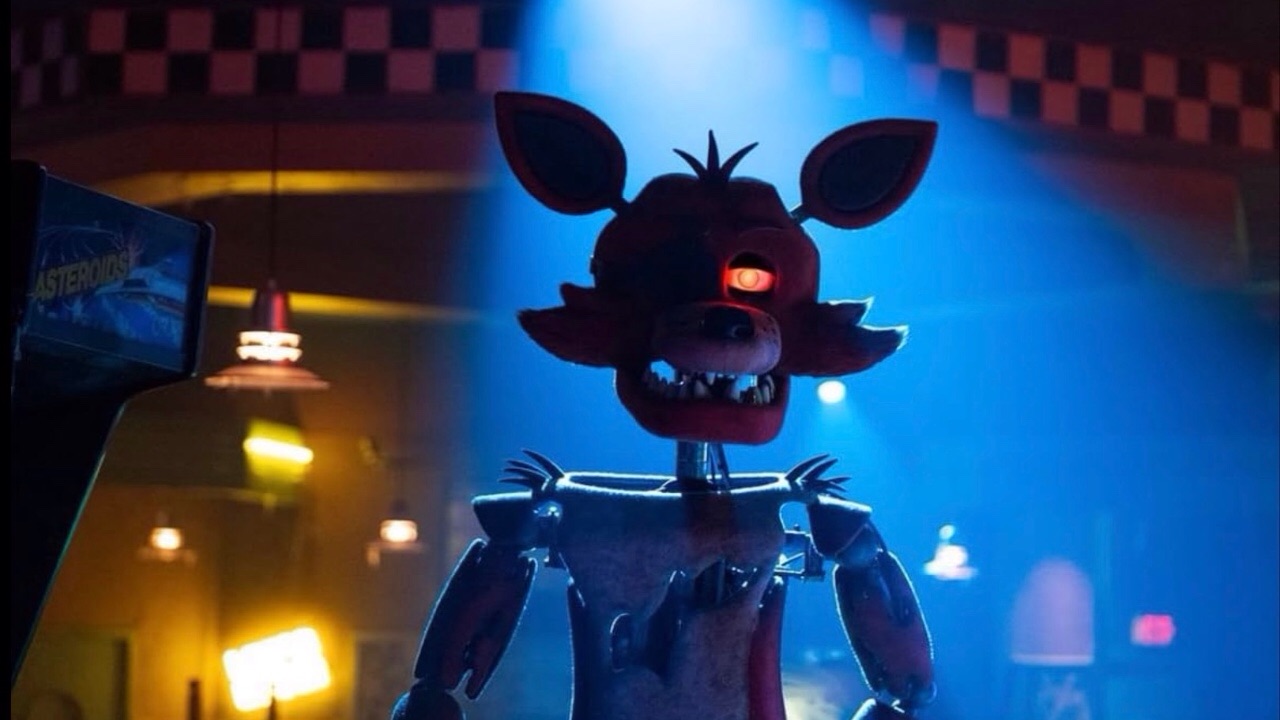



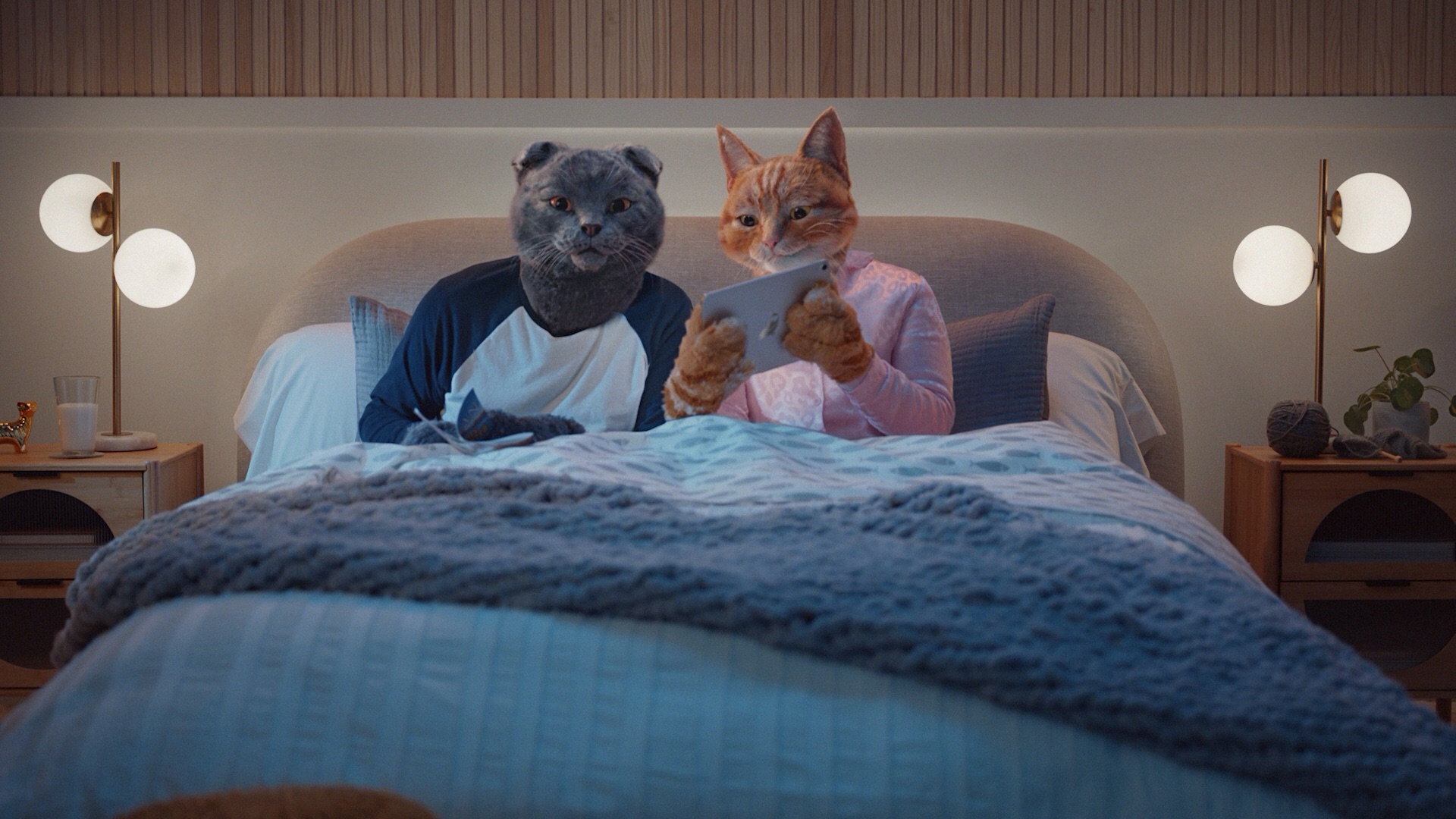

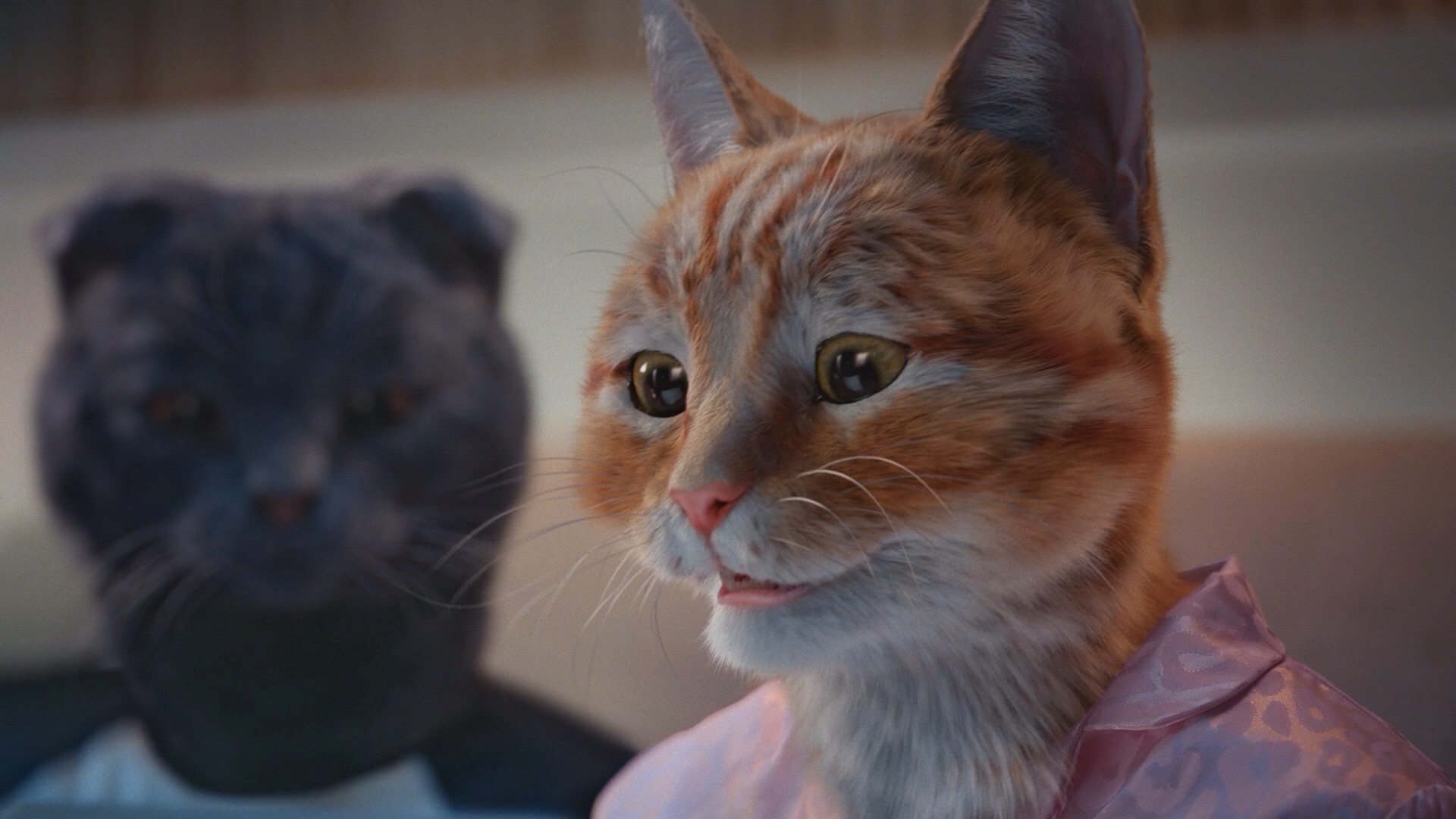




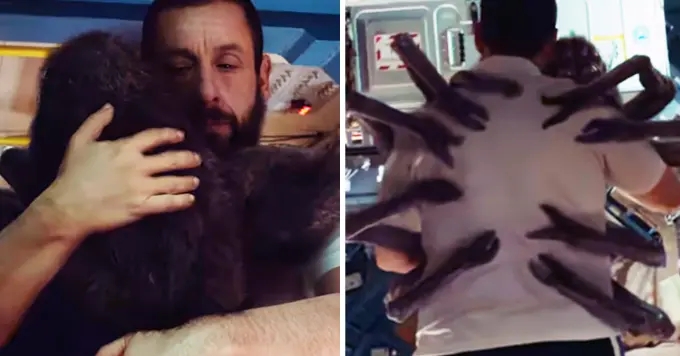









You must be logged in to post a comment.